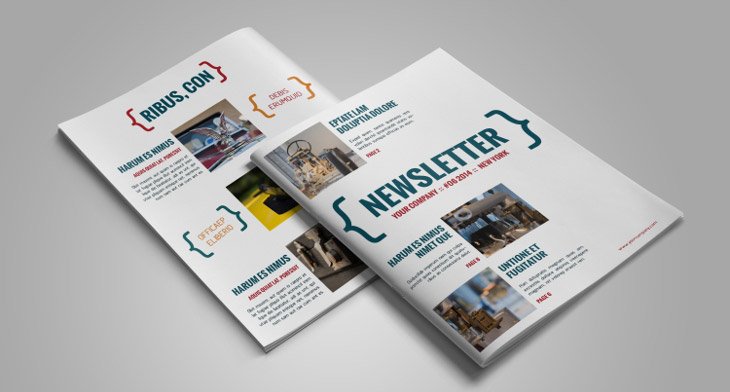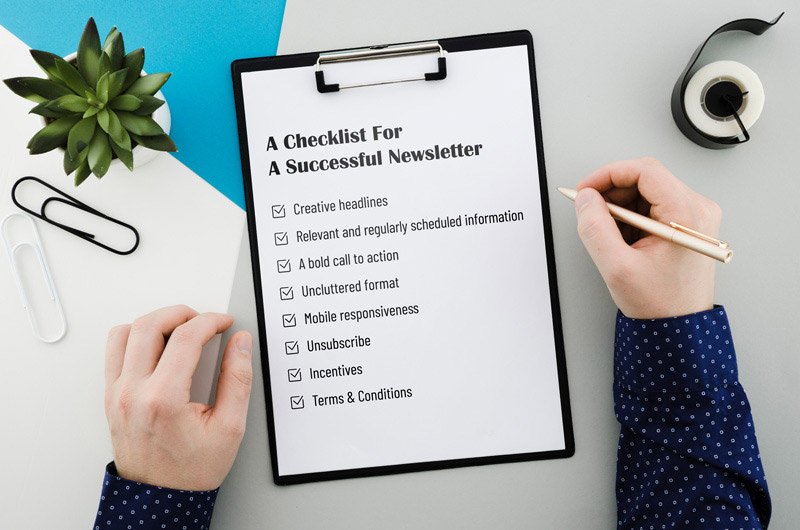
What Is Newsletter Marketing And How Is It Significant In The E-Commerce Industry?
Classification: Newsletter marketing is sending informational and product-focused content to a subscriber list of potential and existing consumers via an emailed letter. Online businesses use newsletters to maintain their brand in front of customers’ minds, establish authority in the industry, and alert readers to things that may interest them.
Determining The Effectiveness Of Newsletters
Like other marketing efforts, newsletters must have a measurable influence on the firm. Setting quantifiable goals is the first phase, which typically includes:
- Increase the number of recipients, as measured by the number of subscribers
- The newsletter’s open rate was used to determine how many people read it.
- Measured by click-through rate, complete the intended action (usually a visit to the website).
- Make a buy with attributed revenue as a metric.
These fundamental objectives are tailored to specific sales campaigns or company efforts that the newsletter could support. For example, as the fall season approaches, an online clothing company may want to advertise its assortment of jackets and other winter apparel. The newsletter might therefore include information regarding winter fashion trends and track links to cold-weather merchandise.
Informational Newsletters Are More Effective Than Sales-Driven Newsletters

Every day, web users of all kinds are assaulted with offers, specials, and promotions. To entice people to open and read an email, its content must be intriguing – not just an attempt to offer them something. Users are considerably more likely to read an email that aims to educate or entertain them, and the subject line does this. However, with that hope comes the responsibility of carrying out the subject’s commitment.

Explain why some materials are better, why certain styles are preferred, or tell a story about your company to your subscribers. These provide viewers a reason to accept you while also telling a story that gives your business more personality. Customers that have a strong bond with a company spend 23 percent more than ordinary customers, as well as the newsletter is a great way to set a brand apart from the competition.
The 90/10 technique for newsletters is one suggestion: 90% info, 10% sales material. Less is more with the appropriate balance, and instructional content will make more revenue than product copy.
Read more about WHICH SOCIAL MEDIA CHANNELS WILL BRING YOUR BUSINESS THE MOST ROI?
A Checklist For A Successful Newsletter

Companies in various industries use newsletter marketing to reach out to their target customers and build brand awareness. Depending on the requirements and requirements of its readers, each company creates its distribution strategy. However, for a newsletter to be successful, it must include the following elements:
Creative headlines: Subject lines should be innovative and appropriately portray the contents of the email to persuade the reader to open it.
Relevant and regularly scheduled information: Information should be tailored to the target group and routinely distributed.
A bold call to action: Each newsletter should include a specific action that the reader should take.
Uncluttered format: If the formatting confuses or overwhelms leads, they are more certain to unsubscribe or get uninterested in the message.
Mobile responsiveness: More individuals check their email and shop online utilizing their mobile devices. Businesses must ensure that their newsletters are adapted for tablets and smartphones for the best results.
Unsubscribe: Companies want to keep their leads as pleased as possible, though it means losing their newsletter subscription. For potential clients to join up, opt-in forms must also be visible.
Incentives: Rewards will entice customers to sign up for newsletter marketing and make a purchase.
Terms & Conditions: When leads sign up for a newsletter, they’ll want to understand what their details will be used for. Include a reference to your security policy to ensure that their information will not be shared.


